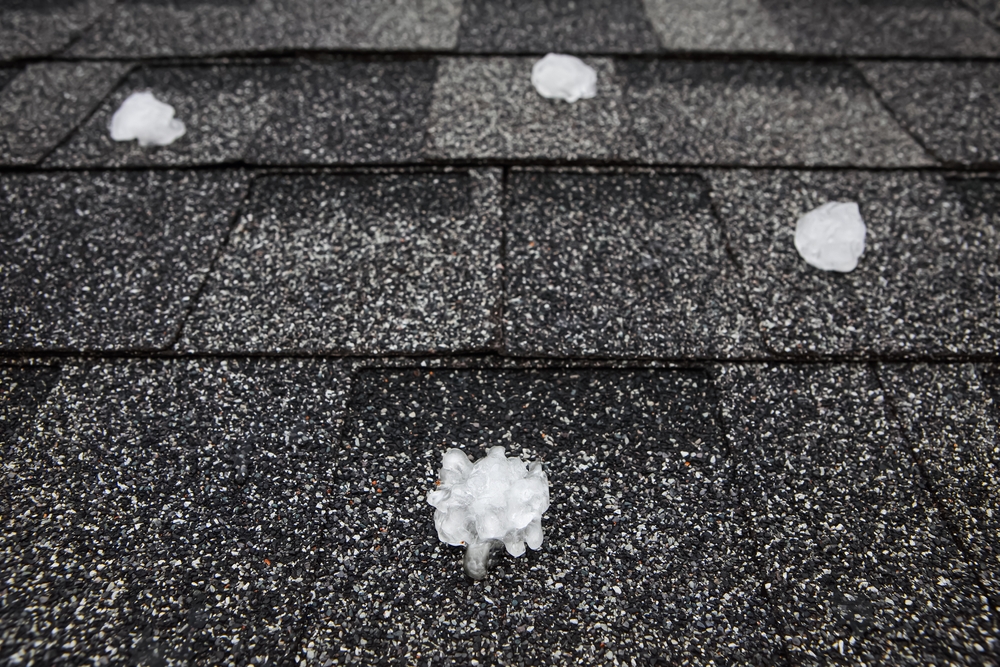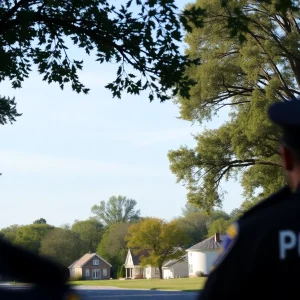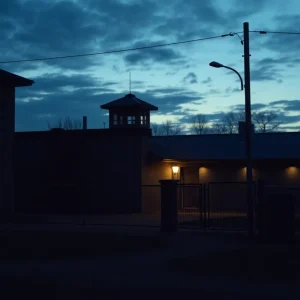
Identifying Roof Hail Damage in Newberry, SC: What You Need to Know
In Newberry, South Carolina, hailstorms can strike without much warning, leaving behind serious damage to your roof. Spotting hail damage early can prevent expensive repairs down the road. Whether you’re dealing with a recent storm or ensuring your home is secure, here’s how to identify hail damage on your roof.
1. Start by Inspecting the Roof from the Ground
Before climbing up to your roof, take a close look from the ground level. Use binoculars if needed. Here’s what you should check for:
- Metal Dents: Look for visible dents or dings on your metal flashing, gutters, and vents.
- Shingle Granule Loss: Dark spots or bare areas on asphalt shingles could indicate lost protective granules due to hail.
2. Check for Damaged Shingles Up Close
If it’s safe to do so, climb a ladder for a closer look at your shingles. Focus on the following signs:
- Soft Spots: Gently run your hand over the shingles to feel for soft spots or dimples—signs of underlying damage.
- Cracks or Tears: If you notice any cracks or splits in the shingles, hail might be the culprit.
- Granule Build-Up: Check gutters and downspouts for excess granules, indicating the shingles are losing their protective layer.
3. Don’t Forget to Inspect Roof Fixtures
Hail can affect more than just shingles. Be sure to inspect:
- Gutters and Downspouts: Dents or blockages in your gutters could indicate hail damage.
- Skylights: Look for any cracks or impact marks on your skylights.
- Vents and Chimneys: Check these areas for any visible damage such as cracks, dents, or displacement.
4. Investigate the Attic for Interior Signs
Sometimes the effects of hail damage are more noticeable from inside your home. In the attic, look for:
- Leaks or Water Stains: Damp patches, water stains, or signs of moisture could mean there’s roof damage allowing water in.
- Sunlight Peeking Through: Any visible light from outside could indicate a hole or crack caused by hail.
5. Look for Signs of Secondary Damage
Secondary damage can sometimes indicate the presence of hail damage. Look out for:
- Mold or Mildew: Ongoing moisture issues leading to mold can point to roof leaks from hail damage.
- Warped Shingles: Shingles that are warped or buckling may indicate underlying water damage caused by hail.
6. Get a Professional Roof Inspection in Newberry, SC
While DIY inspections can catch a lot, hiring a local roofing contractor in Newberry ensures a thorough and expert evaluation. Professional roofers have the tools and expertise to identify hidden damage that may not be obvious to the untrained eye.
7. File Your Insurance Claim Promptly
If you suspect hail damage, contact your homeowner’s insurance company as soon as possible. Most policies cover hail-related roof damage. Be sure to document everything with photos and notes, and schedule a professional inspection to support your claim.
Conclusion
Hail damage isn’t always obvious, but catching it early can save you from more severe problems down the line. Whether you’re concerned about your roof after a recent storm or just want peace of mind, regular inspections are key. If you’re located in or around Newberry, SC, and need expert advice or repairs, don’t hesitate to reach out to a trusted local roofing professional.
By taking these steps, you can ensure your home stays safe, dry, and secure, even after the harshest hailstorms.
Contact Mays Roofing & Contracting in Newberry, SC
Need help with a roof inspection or repair in Newberry? Get in touch with Mays Roofing & Contracting for professional service:
- Website: www.mayscontracting.com
- Email: service@mayscontracting.com
- Phone: 803-276-6990























